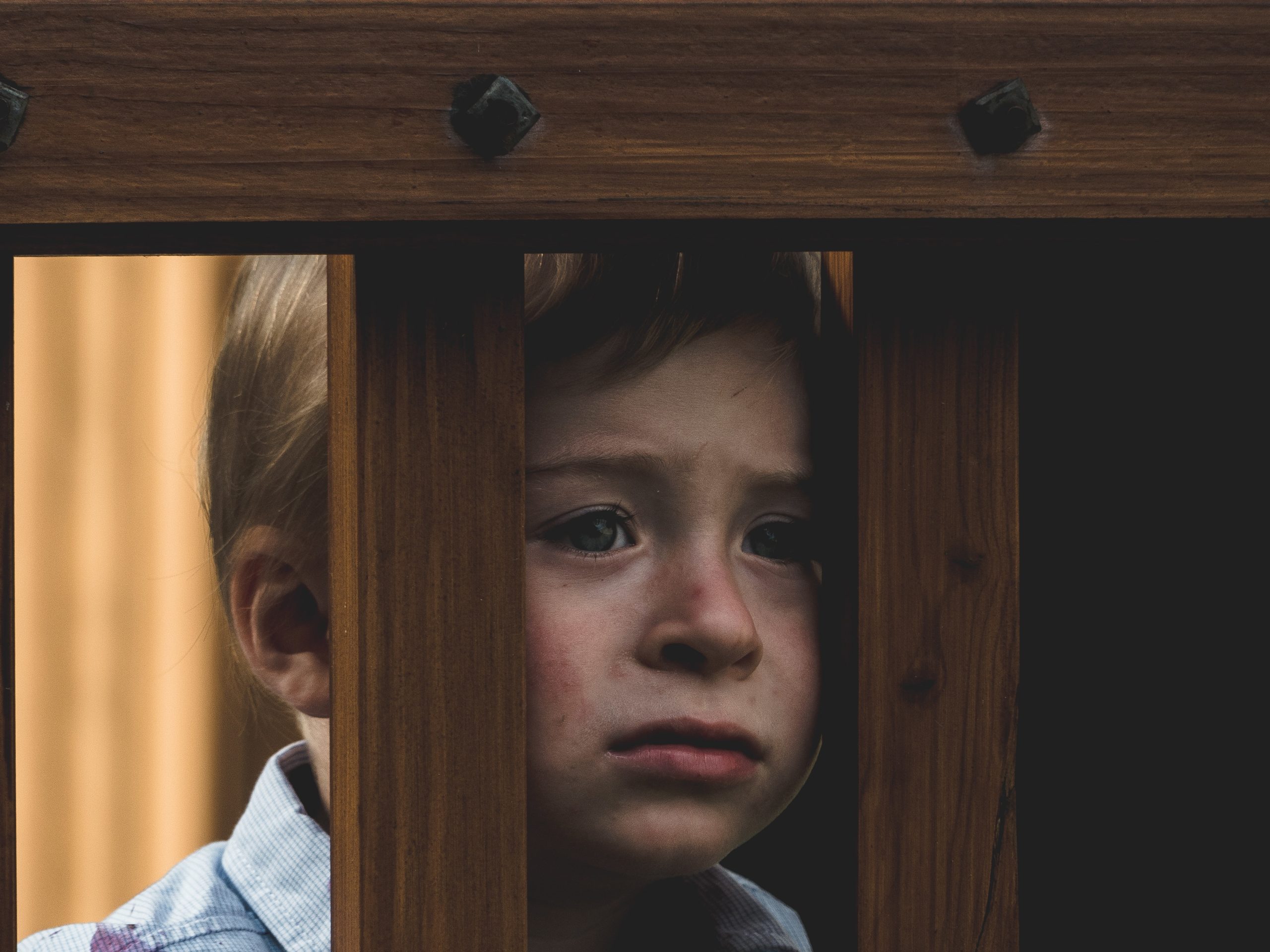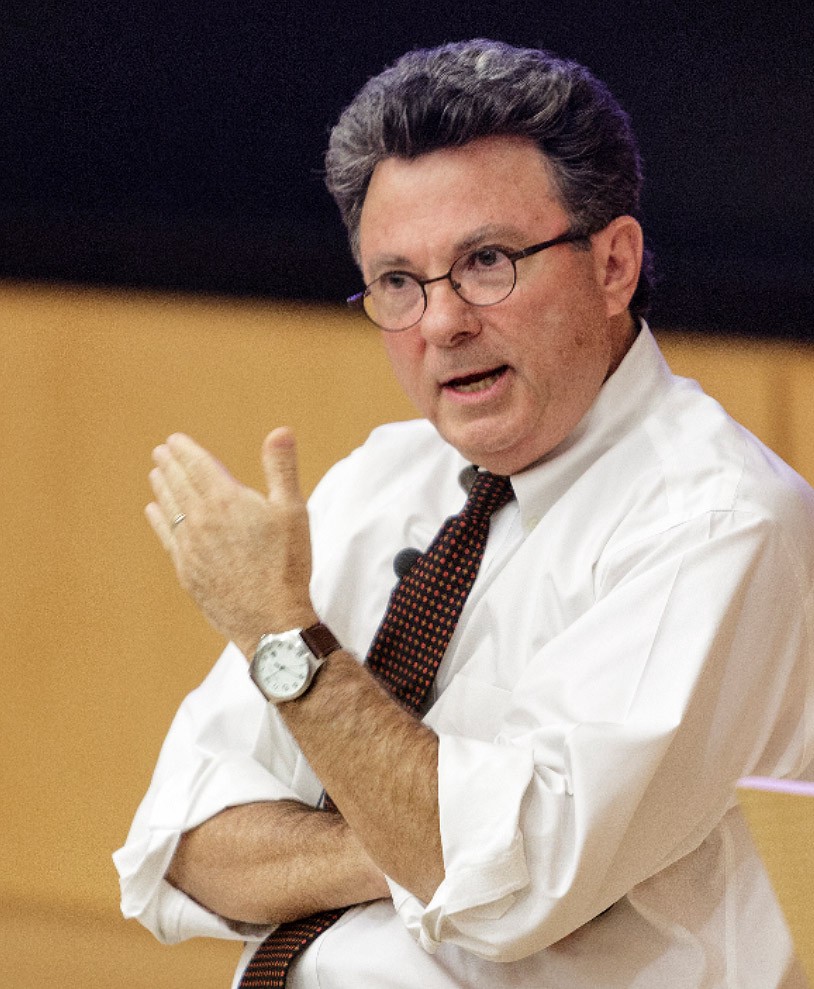The kids we lose is a documentary scrutinizing the channel from school to prison.
The National Center for Learning Disabilities (2017) declared that fourth-grade students with low reading proficiency are more likely to be incarcerated than students who are reading proficiently.
It is a strong statement, and one can wonder why and how? Before reading this article, if you have not done so, please read the Part 1/2 of “The Kids We Lose” by Dr. Ross W. Greene (Click Here)
What is happening to Johnny?
Johnny is handled by the CPI (1) trained personnel from the playground to school. Once in school, Johnny is brought to a safe room. From there, Johnny is watched by the behavioral specialist and/or an adult until he regains his composure.
Dialogue
Johnny: I hate this place, I want to play. I don’t want to go to class!
Adult: I will put my watch on. You will have to be calm for one minute. I will restart my watch until you have a safe body!
Finding himself in the safe room with nothing else than a mark on the floor. Johnny is reeling!
Johnny: I don’t care, I want to play…
This will last until Johnny can respond to three random commands
Adult: Johnny, touch your knees, touch your elbow, and touch your head.
At this point, Johnny responds to the requests
Adult: Please stand or sit on the mark on the floor for one minute, and then you will be able to get out of this room.
Johnny responds to request. As a result, he can get out of the safe-room.
It is at this point that counseling and/or consequences occur. In the meantime, Johnny would have missed precious class time. Consequently, Johnny will start to fall behind academically due to behavioral issues.
My experience
I worked in education for 15 years, but last year was my first year working in an elementary school. I must admit that I recognize some of the scenes from the documentary,”the kids we lose.”
How is the child responding to these treatments?
We could expect that a child would understand the pain he endured and would not want to do it again? However, he does not stop misbehaving!
In fact, the documentary “the kids we lose” shows that students become accustomed to punishment. As a result, they become immune to sanctions and continue to misbehave, losing faith in adults and the system in the meantime.
Why doesn’t the child stop misbehaving?
According to Dr. Greene, the reason is simple. They can’t! They are not equipped to solve social, emotional, and behavioral challenges!
Early detection of the problem
Dr. Greene pointed out that the dysfunctional responses from a child can be detectable very early on. The documentary related the experiences of parents who noticed that their child was not responding appropriately.
It went on to show parents looking for solutions while witnessing frequent uncontrollable outbursts, disrespect for boundaries, and aggressivity from their child.
Are parents always aware of a potential problem?
Nonetheless, some parents thought that these behaviors were normal. It was only when schools alerted them that they could, at times, acknowledge that their child might have a problem.
On the other hand, some parents sought out the services of a psychologist, special education, guidance counselors, and doctors. They sadly mentioned that nothing worked.
Moreover, children become discouraged and believe that nothing and no one will be able to fix them. They know, they can see how they behave compared to their peers. The documentary displays their despair and how they are resigning themselves to their fate.
Consequences for these children
They often end up going from school to prison because a child who had not learned to deal with his emotions will continue to misbehave.
Schools often call them ¨repeat offenders.¨ Unfortunately, growing up, they would have faced many punitive consequences resulting in growing anger and disrespect for authority. Who would blame them? What did the authorities do for them? Sadly, some children will turn to drugs or alcohol abuse to mask their pain, while others will turn to violence. Sorrowfully, all behaviors leading to prison.
Consequences for their peers, parents and educational staff
In 1993, the U.S Department of education enabled the integration of students in need of special education into the mainstream educational environment (Hossain, 2012).
With mainstreaming came exposing all children to potential outbursts from students lacking the cognitive skills necessary to regulate themselves.
Therefore, these misbehaviors became visible to all peers and educational staff. The documentary “The kids we lose”, mentioned that teachers who are at the forefront of these behaviors feel ill-equipped to deal with violent outbursts. They also want to protect the other children in the class and therefore ask for back up when incidents occur.
These backups can be behavioral specialists, administrators, special education teachers, guidance counselors, autism specialists, or school psychologists.
However, teachers are concerned and fear for the safety of other students who can get bit, pushed, or yelled out. They are also concerns for the child who cannot control his behavior, as the teacher knows that this child might be punished one way or the other.
How are peers internalizing all of this? Did we ask them?
Teachers are also concerned about teaching their curriculum so that all students can make progress. These interruptions often take precious time away from instruction, leading teachers to worry.
They worry for kids who suffer from uncontrollable outbursts because they are missing instructional time while having to deal with cognitive issues. Additionally, they worry for all kids who will not have the opportunity to finish the curriculum.
Solution
I am all heartedly with Dr. Green regarding the CPS method (See my posts on “Lost at School” part 1/2 and part 2/2)
If you believe that we can help the children at risk to fully integrate the educational system and get the education they rightfully deserve, then we all need to spread the word out. Please share my website eLearning-sofun.com!
All together, we can make a difference!
Thank you, Dr. Greene, for leading us in educating the child not only academically but also in his social-emotional development!
Watching the documentary
Unfortunately, PBS had the rights to show this documentary until 6/8/2020. Therefore, I linked an interview made about the movie. However, the movie is available on Amazon: The Kids We Lose.
The Kids We Lose is a 90-minute documentary film about the human side of being a child or student with behavioral challenges, and the struggles faced by parents, educators, staff in facilities, mental health clinicians, and judicial and law enforcement professionals in trying to ensure that these kids receive the help they need.
Warning! the documentary is emotionally difficult to watch. It is shown children with violent outbursts and with harsh punishments for consequences. Please do not watch the interview below or the documentary, the Kids we Lose with your children!
Final thought
The documentary could become a platform to engage in discussions with your child. You could ask him what he is witnessing in his school and how he feels.
As a result, an open discussion might shed some light on what is happening in your child’s school and how he is fairing in his daily environment.
How did it go?
I would like to hear from you, and please send your comments, questions on the link below.
You can also download my free book: “10 fun, yet effective technics for your child to read with pride and joy! 😉
In the meantime, parents and children, eLearning-sofun is for you! If you have questions after reading this post, please send them below. We will answer every question.
“Learning is intelligence having fun!”
(1) CPI technics have been established by the crisis Prevention Institute offers nonviolent crisis intervention training designed to teach best practices for managing difficult situations and disruptive behaviors.
Students learn how to identify at-risk individuals and use nonverbal and verbal techniques to defuse hostile or belligerent behavior. To know more click here
Photo de Tadeusz Lakota sur Unsplash




